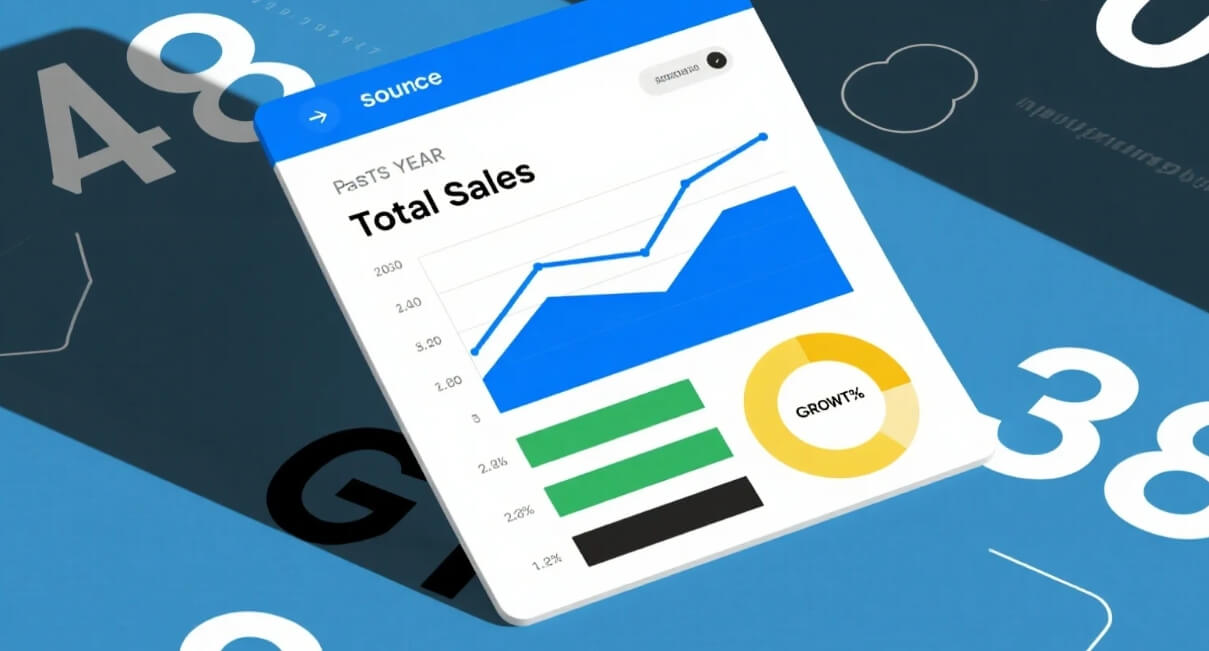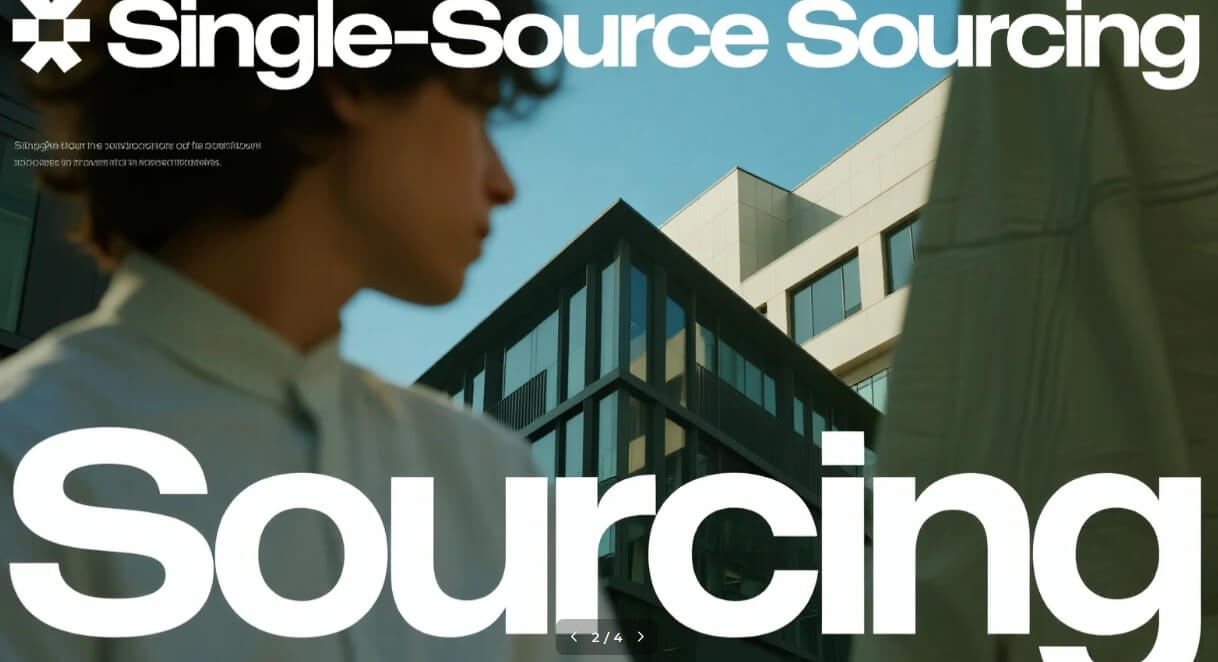Introduction: What is Sole Sourcing and How Does It Work?
Sole sourcing is a procurement process where a business or organization decides to purchase a product or service from a single supplier, rather than exploring multiple vendors. This method is often used when the product or service is highly specialized, and the supplier is the only one capable of meeting the specific needs of the business. Sole sourcing is common in industries where high-quality standards, unique products, or proprietary technology are required, such as aerospace, pharmaceuticals, and technology.
For procurement professionals and businesses, understanding sole sourcing is essential in making informed decisions about when it is an appropriate strategy. This guide will walk you through the benefits, risks, and considerations of sole sourcing, providing you with actionable insights to optimize your procurement strategy.

Understanding the Basics of Sole Sourcing
Before diving into the benefits and risks, let’s first understand the basic concept of sole sourcing.
The Process of Sole Sourcing
In traditional procurement, buyers are encouraged to seek multiple quotes from different suppliers to ensure they get the best deal. In sole sourcing, however, this is not the case. The process generally involves:
-
Identifying the Need: A business identifies a unique product or service it requires, which is available only from a specific supplier.
-
Supplier Selection: The supplier is selected due to their ability to meet the business's specific needs or because they hold proprietary rights or technology.
-
Negotiation: A contract is negotiated with the supplier to define terms such as pricing, quality standards, and delivery timelines.
-
Ongoing Relationship: The business establishes a long-term relationship with the supplier for continuous supply, ensuring they meet performance and quality expectations.
Sole Sourcing vs. Competitive Bidding
Sole sourcing differs significantly from competitive bidding. In competitive bidding, businesses invite multiple suppliers to submit proposals and quotes, offering the chance to compare different options and prices. In contrast, sole sourcing limits the procurement to just one supplier, which is often a necessity when no other supplier can meet the specific requirements.
The Key Benefits of Sole Sourcing
While sole sourcing may seem restrictive, there are several advantages to adopting this procurement method.
1. Access to Specialized Products or Services
Sole sourcing is particularly beneficial when dealing with specialized products or services that are unique to one supplier. This could be due to the supplier’s exclusive access to technology, patented processes, or unique manufacturing capabilities. For example, a business in the tech industry may rely on a sole supplier for a specific microchip that no other manufacturer can replicate.
2. Streamlined Procurement Process
By choosing a single supplier, businesses can simplify their procurement process. The need for a lengthy supplier search, comparison of bids, and negotiations is eliminated, leading to faster decision-making and purchase execution. This can be crucial for businesses that need to quickly respond to market demands or supply chain disruptions.
3. Stronger Supplier Relationship
Focusing on a single supplier allows businesses to cultivate a deeper, long-term relationship with their provider. This partnership can lead to better collaboration, improved service levels, and possibly favorable pricing or payment terms. Additionally, businesses may benefit from the supplier’s expertise and support, enhancing their overall product quality.
4. Lower Administrative Costs
The administrative costs associated with managing multiple suppliers are reduced when adopting sole sourcing. There’s no need for multiple contracts, negotiations, or ongoing supplier management, which can free up internal resources and lower operational costs.

The Risks of Sole Sourcing
While sole sourcing has its benefits, it is not without risks. Businesses must carefully assess these risks before committing to a sole supplier.
1. Dependency on One Supplier
One of the major risks of sole sourcing is the reliance on a single supplier for critical products or services. If the supplier faces financial difficulties, quality control issues, or any other disruption, the business can suffer significant delays, increased costs, or quality problems.
2. Lack of Competition
Without the competition from other suppliers, there is less pressure on the sole supplier to lower prices, improve service, or innovate. This can lead to higher costs for the business, especially if the supplier is aware of their monopolistic position.
3. Limited Flexibility
Sole sourcing can limit a business’s flexibility, especially if market conditions change or new suppliers enter the market. Since the business is locked into a single supplier, switching suppliers can be challenging, time-consuming, and costly.
4. Potential for Complacency
With no competition, there is a risk that the supplier may become complacent, leading to poor service, delays, or subpar products. Regular performance reviews and monitoring are essential to avoid this.
Best Practices for Managing Sole Sourcing
To mitigate the risks and fully capitalize on the benefits, here are some best practices to follow when using sole sourcing in your procurement strategy:
1. Conduct a Thorough Supplier Evaluation
Before entering into a sole sourcing agreement, it is essential to conduct a comprehensive evaluation of the supplier. This includes assessing their financial stability, production capacity, historical performance, and ability to meet your business’s specific needs. Consider visiting the supplier’s facilities and reviewing their certifications to ensure they can meet quality standards.
2. Establish Clear Contract Terms
A well-defined contract is critical to protecting your business when relying on a single supplier. The contract should outline pricing, quality standards, delivery timelines, and contingencies in case of supply disruptions. Regular reviews of the contract terms should be scheduled to ensure the supplier continues to meet expectations.
3. Monitor Supplier Performance
Even after securing a sole supplier, it is important to monitor their performance continuously. Regular audits, quality inspections, and performance reviews can help detect issues early and allow for corrective actions before they escalate.
4. Have Contingency Plans
While sole sourcing can streamline procurement, businesses should always have contingency plans in place in case the sole supplier fails to deliver. This may include backup suppliers, alternative sourcing strategies, or emergency stockpiling to prevent disruptions.

FAQ: Common Questions About Sole Sourcing
Q1: When should I use sole sourcing?
Sole sourcing is most suitable when the product or service is unique and no other supplier can meet the business’s requirements. It is also beneficial when speed, simplicity, or a strong supplier relationship is more important than cost.
Q2: What are the main risks associated with sole sourcing?
The primary risks include supplier dependency, lack of competition, limited flexibility, and potential complacency from the supplier. These risks can be mitigated with careful supplier selection and contract management.
Q3: Can sole sourcing be more cost-effective?
Yes, sole sourcing can lead to cost savings by reducing administrative costs, streamlining procurement, and negotiating favorable terms with a single supplier. However, businesses should always monitor prices and ensure they are receiving competitive rates.
This article serves as an in-depth exploration of sole sourcing, helping businesses understand when it’s beneficial and how to mitigate associated risks. By implementing best practices, companies can use sole sourcing to their advantage, ensuring streamlined procurement and strong supplier partnerships.













